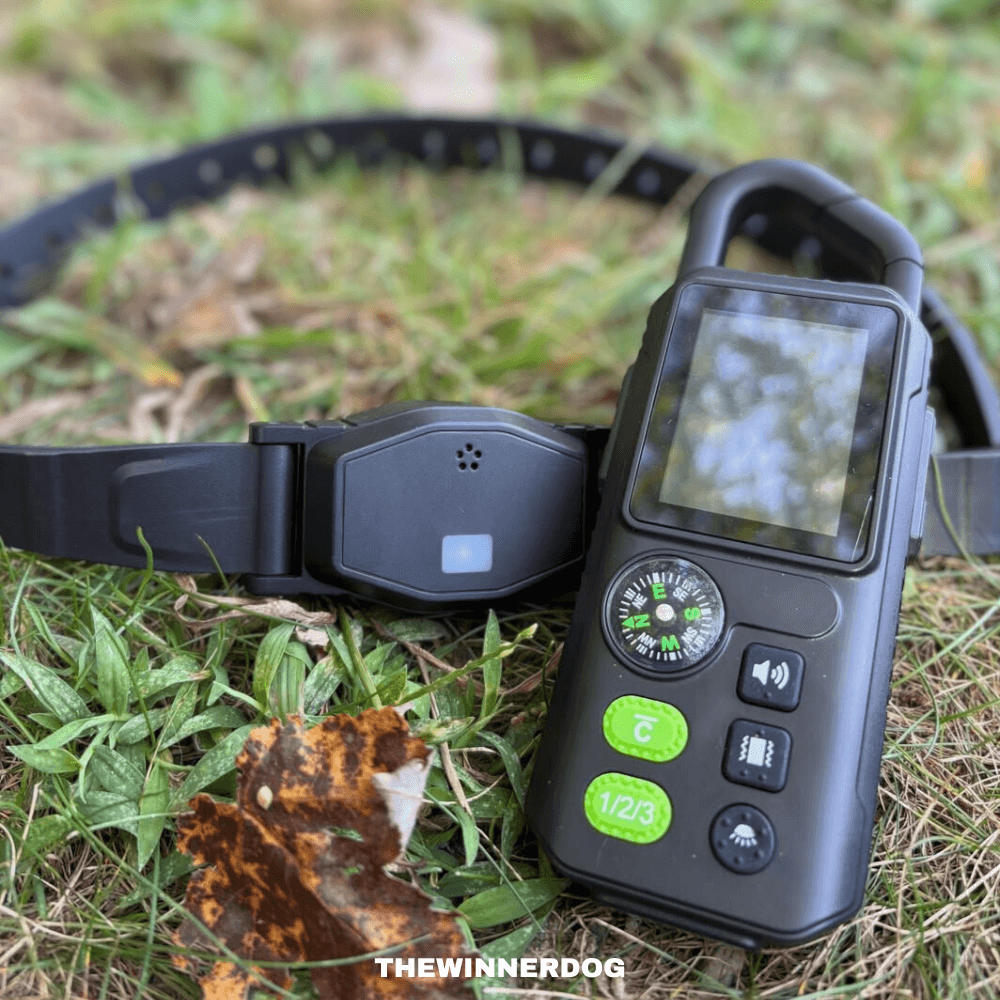
What Is an E‑Fence? A Beginner’s Guide
Introduction: Why Safe Boundaries Need a Modern Upgrade
Dogs need space to run, explore, and play—but they also need clear boundaries to keep them off roads, out of neighbors’ yards, and away from hazards. Tall wood or metal fences can work, but they’re expensive, bulky, and may conflict with local rules. Today’s alternative is the electronic dog fence: a collar-and-signal system that creates an invisible safety line. The two dominant technologies are:
- 2.4 GHz Base-Station Wireless Fence (RF) — a home-friendly transmitter creates a circular boundary.
- GPS Wireless Fence — satellites define a virtual boundary with no base station or buried wire.
This guide explains how both work, how they differ, where each shines, and how to train and maintain them for real-world success.
1. What Is an Electronic Dog Fence? Two Core Approaches
Shared idea: Your dog wears an e-collar. As they near the boundary, the collar provides sequential cues—beep → vibration → (only if needed) low-level static. With training, dogs learn to turn back to the safe zone at the first cue.
A) 2.4 GHz Base-Station Wireless Fence (RF)
- How it works: An indoor/outdoor transmitter broadcasts a boundary at 2.4 GHz.
- Shape: Circular (the base station is the center).
- Best fit: Fixed home yards, suburban settings, places with trees/buildings/nearby interference where RF tends to be stable.
B) GPS Wireless Fence
- How it works: Uses satellite positioning to set a center point + radius—no base station, no trenching.
- Shape: Typically circular; a few premium units can map polygons.
- Best fit: Open-sky environments—travel, camping, farms, second homes, rentals.
Common components:
Transmitter/base (RF) or collar-only (GPS) · e-collar receiver · training flags · power (USB-C charging, LED status for battery/signal/mode)
2. Step-by-Step Operation (Both Systems)
- Define the boundary: Place the RF base station, or (for GPS) set a center point and radius.
- Flag the line: Walk the boundary with the collar in hand; beep points = flag locations for clear visual cues.
- Progressive feedback: Near edge → beep; continued advance → vibration; if still ignoring → lowest effective static.
- Positive reinforcement: Mark and reward the turn-back so “warning = return to safety = good things happen.”
For a detailed, step-by-step training method, check out this blog: Training Your Dog to Use a GPS Fence: Step-by-Step Guide
3. 2.4 GHz vs GPS: Side-by-Side Comparison
| Dimension | 2.4 GHz Base-Station (RF) | GPS Wireless Fence |
|---|---|---|
| Hardware | Requires base station; plug-and-play | No base station; collar + setup on site |
| Boundary Shape | Circular only | Circular (some premium models: polygons) |
| Environment Fit | More stable around buildings/trees | Best with clear sky; trees/urban canyons need strategy |
| Portability | Geared to stay-at-home use | Built for travel, camping, multi-property |
| Install Effort | Easy; no trenching | Easiest; truly wire-free |
| Tuning Focus | Base placement & home interference | Satellite visibility, signal strength, weather/time of day |
Rule of thumb:
- Mostly home yard, some interference? Choose 2.4 GHz RF for stability.
- Open areas, frequent travel, or two homes? Choose GPS for flexibility.
Hybrid strategy: Many families use RF at home and GPS on the go for the best of both worlds.
Not sure which tech to choose? Take our 1-minute quiz for a personalized recommendation: Take the 1-minute quiz.
4. Is It Humane?
Modern collars use brief, low-level static—closer to a light static pop—meant to signal, not punish. Best practice is to start with beep, add vibration if needed, and reserve static at the lowest effective level for dogs that repeatedly ignore softer cues. Pair every correct choice with praise/toys/treats so the dog builds calm, confident boundary habits.
5. Eight Training Keys (Works for RF and GPS)
- Start slow: First two days, beep only.
- Then vibration: If beeps are ignored, add gentle vibration.
- Static last: Only as needed, at lowest effective level.
- Short & frequent: 2–3 sessions/day, 10–15 min each.
- Praise a lot: Mark the turn-back with a cue (“Yes/Good!”) and reward.
- Fit matters: Contact points touch coat, not skin; two-finger collar fit.
- Read body language: If stressed (tucked tail, stiffness), slow down/step down.
- Supervise week one: Gradually earn off-leash freedom.
6. Common Mistakes (and Fixes)
- Skipping flags: Dogs need a visual line early on—plant flags densely.
- Cranking static too soon: Follow beep → vibration → minimal static.
- Leaving dog unsupervised too early: Supervise the first week.
- Battery neglect: Charge every few days; walk-test boundaries before sessions.
- Ignoring terrain: RF—watch metal/appliances; GPS—watch slopes, trees, walls, metal sheds.
7. When It May Not Fit
- Dogs under 11 lb or under 6 months
- Serious hearing loss or specific medical conditions
- Extremely fearful dogs that shut down under any correction
- Properties with heavy metal obstructions/steep terrain that defeat signals
In these cases, consider physical fencing, long-line training, or indoor gates, and consult a qualified trainer.
8. Maintenance & Weekly Checks
- Walk the line weekly with the collar to verify triggers.
- Scan for new metal objects/electronics changing the edge.
- Inspect strap and contact points; replace worn parts (e.g., rubber caps).
- Watch the LED for signal, battery, and mode; keep settings consistent.
9. Conclusion: Clear Boundaries = Safe Freedom
Whether you choose 2.4 GHz RF or GPS, the value of an electronic dog fence is turning clear, timely cues into confident, reliable behavior. The real magic is the combination of the right technology and structured, positive training. Do that well, and your dog enjoys visible freedom within an invisible boundary—and you enjoy calmer walks, safer play, and peace of mind.







